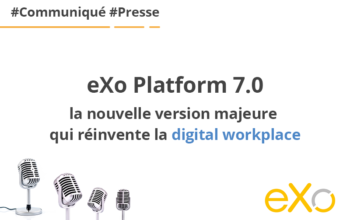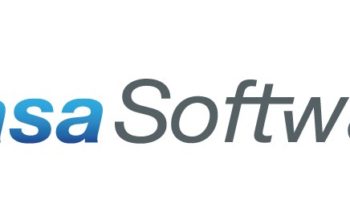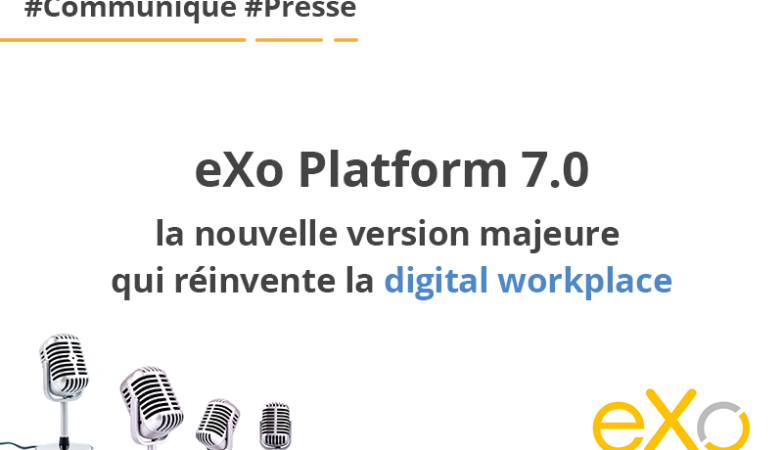The human touch is still the answer when it comes to understanding online behaviour and shaping digital strategy, a survey of 800 UK businesses has revealed.
Econsultancy in partnership with Lynchpin has published the results of their second annual survey of the UK analytics sector.
The survey shows that 12 months on, UK businesses are still not getting a good return from online analytics and that people, expertise and resource are the answer, not technology.
Companies are gradually shifting their spend from technology to internal staff and consultancy, but it’s a very slow trend. The increase in client-side analysts has been minimal. Yet companies still claim to be trying to grow their investment in people.
Andrew Hood of Lynchpin comments: “While the technology gets more and more sophisticated (and arguably more accessible from a cost perspective), the challenges in interpreting and actioning the data only get bigger. Resource is still a massive issue, and while companies are looking to increase spend on people there looks to be an underlying skills shortage operating against this.”
Omniture’s market share of paid tools has grown from 18% to 42% in the space of a year and WebTrends has dropped from 27% to 19%. 80% of companies are using Google Analytics compared to 66% last year.
This indicates the market is rapidly polarising into two camps, with free Google Analytics at one end and tools like Omniture at the other.
More importantly, there is very little difference in the value of free or paid for analytics with more than half of the companies surveyed reporting they are still failing to get any return on their investment in paid web analytics tools.
The barriers to getting return on investment remain lack of education, strategy and senior management buy-in.
There are still more than twice as many self-employed web analytics consultants than those working in web analytics consultancies, which suggests this end of the market is still highly fragmented.
Linus Gregoriadis, research director at Econsultancy, said: “Companies are focusing on analytics which help them improve both customer acquisition and customer retention. They are prioritising information requirements which relate directly to business efficiency.”
He added: “There has been a shift from spending on technology to spending on internal staff but there are still too few companies with an internal strategy that ties data collection and analysis to business objectives.”
A full copy of the report is available from http://econsultancy.com/reports/online-measurement-and-strategy-report
Notes to the editor
Key findings:
Companies are focusing on analytics which help them improve their efficiency both in terms of customer acquisition and customer retention. The recession has helped to bring into sharper focus the importance of understanding return on investment and how individual elements of digital marketing impact the bigger picture.
There is a prioritisation of information requirements which relate directly to business efficiency. The biggest focus is information relating to the cost of acquiring a customer or lead which is regarded as a “high priority” by 59% of responding organisations.
There is an increased appetite for most kinds of data which helps to understand how online channels impact on each other (and with offline) or how customers are engaging with them at an individual level.
The most important requirement is for data which show the interaction between different online channels and this information is now analysed by 70% of organisations, a healthy 17% jump since 2008.
The proportion of companies looking at reputation monitoring or social media metrics has doubled from 21% to 40%, which highlights the exponential growth of both social media and the reputation monitoring technology industry.
Companies are more likely to be paying close attention to the lifetime value of customers. Some 43% of companies say this is a high priority.
There has been a marked shift from spending on technology to spending on internal staff, with companies now spending more on human resources than on software and licences. The proportion of spending on internal staff has increased from 36% to 42% of total web analytics spend while spending on technology has decreased from 45% to 38%.
The use of Google Analytics is very much on the increase. Just under a quarter of responding organisations (23%) now use Google Analytics exclusively compared to only 14% a year ago.
A further 57% of respondents are using Google Analytics in conjunction with another tool (up from 52% in 2008), which means that 80% of companies are now using Google for analytics compared to 66% last year.
Correspondingly, only one in five companies (20%) now say they don’t use Google Analytics compared to a third (34%) last year.
Excluding Google Analytics, Omniture, with 42% market share, is the most commonly used web analytics package, followed by WebTrends.
There has been a slight improvement since last year but only one in five companies (22%) have an internal strategy that ties data collection and analysis to business objectives. More than half (60%) of responding organisations said they are “working on this”, while 18% say that they don’t have such a strategy.
There are still only a quarter of company respondents (27%) who say that their web analytics “definitely” provide actionable insights, with a further 55% saying that this is only sometimes the case.
Other findings: Information requirements
Since 2008, there has been an increase in the extent to which most types of data are analysed, with the exception of competitor information (down 1%) and third party market research (down 7%).
Processes and metrics which relate directly to the bottom line, such as the true cost of acquiring a customer, are being prioritised and optimised in a way which wasn’t happening as much when sales were growing exponentially in the pre-recession days.
Drop-off across key site processes is something which is also coming under close scrutiny, with 57% of businesses saying this is a high priority and a third (31%) saying it is a medium priority. Similarly, more companies are realising that content can have a huge effect on acquisition and conversion rates. Just under half of companies (48%) say that the impact of content on acquisition is a high priority.
Almost two thirds (63%) of respondents say that they experience conflicting information from different sources of online measurement data, and this figure increases to 70% of supply-side correspondents.
Respondents were asked to specify which types of data do not tally and it is clear that much of the conflict boils down to a lack of clarity and confusion around the definition of different types of metric.
Use of Google Analytics and other web analytics tools:
More than half (55%) of those organisations relying completely on Google Analytics said they have logged into their system within the last 24 hours and a further 30% had logged in within the last week, showing that Google is widely used by those companies who have configured it.
This pattern is similar for companies who use another web analytics tool and who don’t use Google.
Those who use both Google Analytics and another paid-for tool are slightly more likely to use their paid-for tool more frequently. Half of these respondents (51%) say they use their paid-for tool more frequently compared to 33% who say they use Google Analytics more often. The remainder (17%) report the same level of usage.
Companies who don’t use Google Analytics are more likely to report that they regularly change something as the result of an insight from their analytics tool. Just under half of those organisations (46%) who don’t use Google Analytics change something .frequently. or “very frequently” because their analytics tool has told them something worthwhile, compared to a third for Google Analytics users.
The main reason for not using Google Analytics is because “it isn’t sophisticated enough for their requirements”, cited as the issue for 31% of respondents who don’t use this tool.
Less than half of responding organisations believe they are getting a return on investment (ROI) from their paid-for analytics tool.
Resourcing and budget:
Since 2008 there has been an increase from 8% to 15% of companies who have two dedicated web analysts and a decrease in the proportion of companies who have one analyst (from 32% to 26%). However, exactly the same proportion of companies (46%) report that they do not have any web analysts.
Senior management are most likely to be in charge of budget for online measurement, with a third of company respondents (32%) saying that budgetary responsibility resides here.
Despite the proportionate increase on web analytics spending on internal staff since 2008, companies are in fact (marginally) more likely over the next 12 months to increase their spending on technology than they are to invest more budget on human resources internally.








One thought on “Gap closing between paid for and free analytics tools”
Comments are closed.